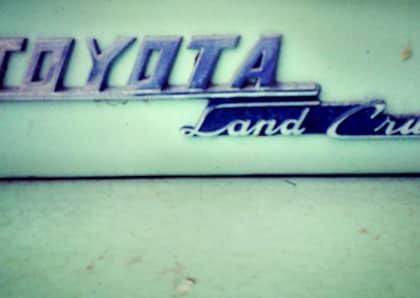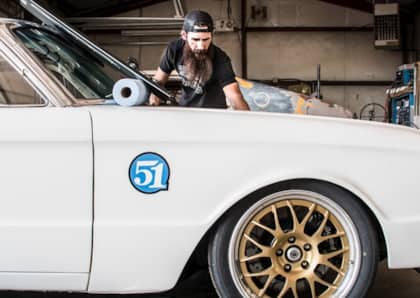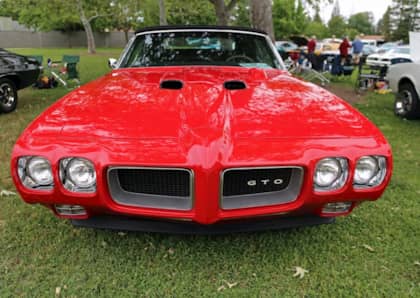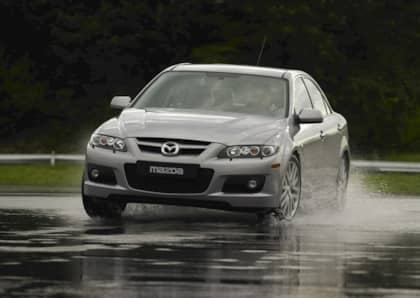5 Cheap & Underrated American Project Cars to Build Now
If you head to a cruise night, classic car show, drag strip or other automotive gathering across the U.S., there are a few models you're virtually guaranteed to see: the late-model Mustang, Camaro, Nova and Corvette. In fact, you probably won't just see one — you'll likely see a few, if not a dozen or more. While these cars are icons and popular for a reason, there are times I'd like to see more variety in the vintage American cars that people are building for show, street and track use.
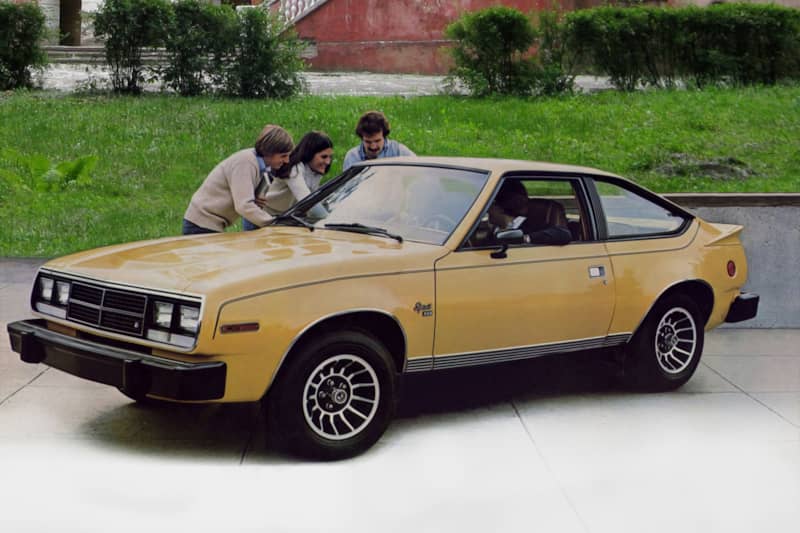
To remedy this, let's look at five American project car candidates from the mid-'70s to early-'80s that would make for cool and unique street machines when put into the right hands.
Admittedly, these cars come from an era generally known for its poor performance. Due to the increasingly stringent emissions regulations, these Malaise Era cars didn't have the no-rules attitude and sex appeal of the original muscle cars, nor did they have the improved performance technology that became prominent in the later on. But that's exactly what makes them such great underdogs.
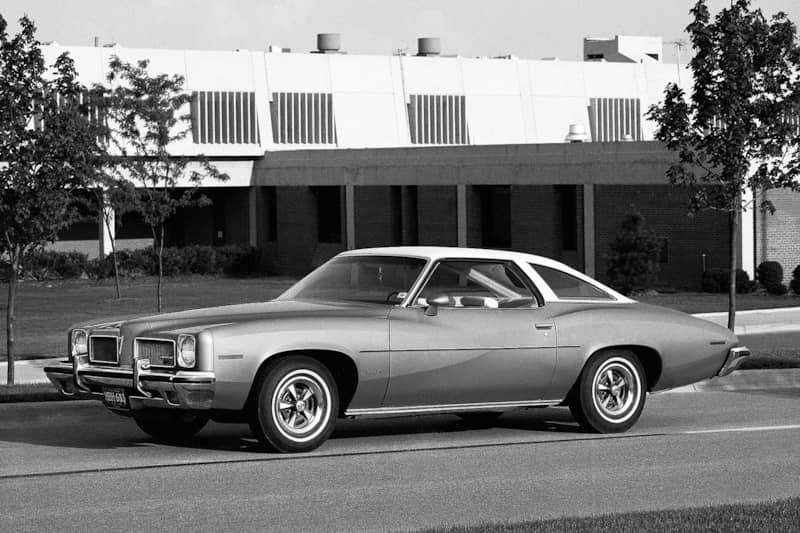
Don't let their low output powertrains scare you away. Their smog-choked horsepower figures might be laughable by today's standards, but you'll be replacing most of their running gear anyway.
What does matter is the fact they can be bought cheap, have heaps of potential and will absolutely stand out from the crowd when modified. So without further ado here are five cool American machines from the mid-'70s through early-'80s that would make awesome build candidates.
Project Car Underdog #1: 1973-1977 Pontiac A-Bodies
You've no doubt heard of the Pontiac Trans Am, but what about the Pontiac Can Am? This rare machine was based on the '77 Pontiac Le Mans and featured a more aggressive exterior complete with louvers, stripes and a shaker hood scoop borrowed from the Trans Am. Although quite hard to find, the Can Am is a uniquely '70s machine that shows the potential of the Pontiac A-body platform.
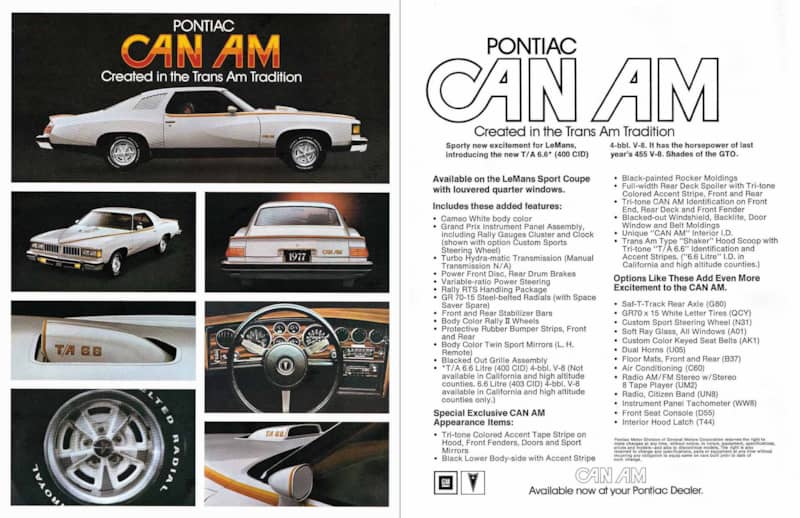
Although not nearly as popular or well known as the GTOs and Tempests that came before it, the 1973-77 Pontiac A-Bodies are pretty cool looking cars in their own right. And when was the last time you saw one on the street? I'd say they look pretty cool — even in four-door sedan form if someone wants to recreate a little Smokey & The Bandit police car action.
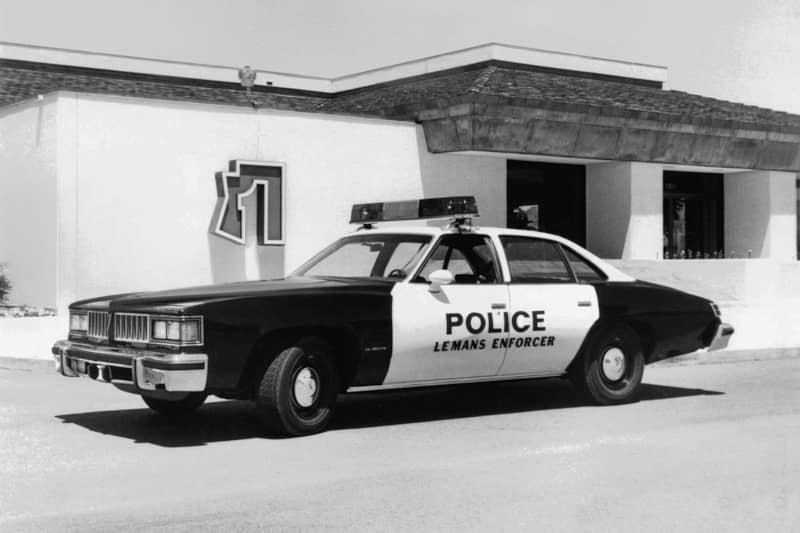
Whether you want to stay true to the Pontiac brand with a freshly built 400 or 455 or go high-tech and compact with a modern LS swap, these cars offer plenty of room in the engine bay and have a sizable aftermarket shared by other GM vehicles of the same era.
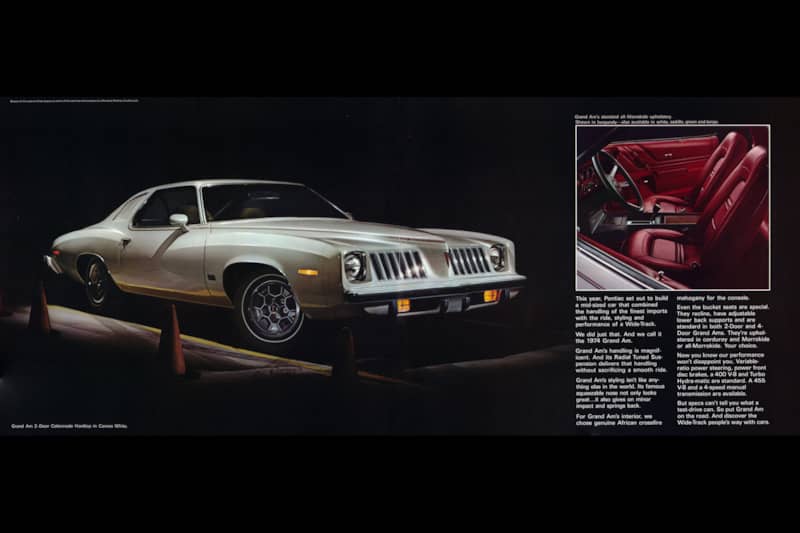
Project Car Underdog #2: 1973-1977 Chevy Monte Carlo
Also coming from the General Motors A-body family is the 1973-1977 Chevrolet Monte Carlo. Sold between the first generation Monte Carlo and the well-known G-Body cars, the '73-'77 Monte Carlo might be the most recognizable vehicle on this list.
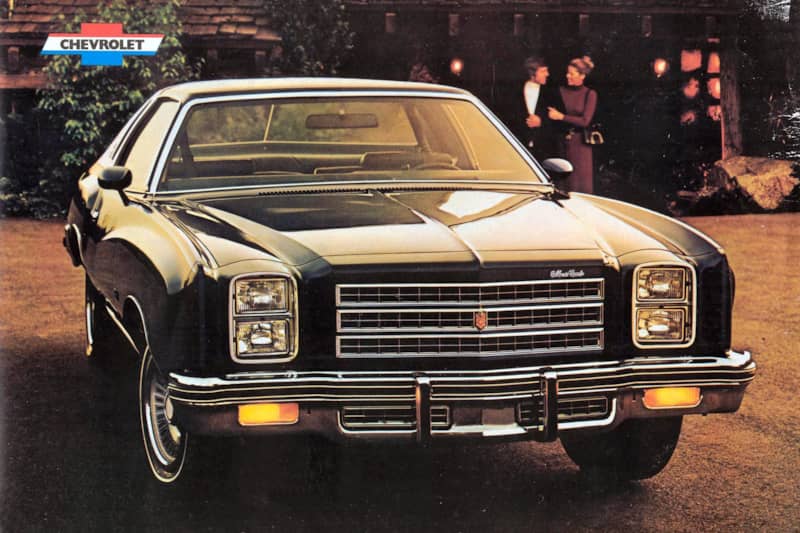
While the body style certainly has its fans, you'll most commonly see these things built into slow-cruising lowriders rather than a performance car, but there's no reason you couldn't build a fast, corner-carving Monte Carlo.
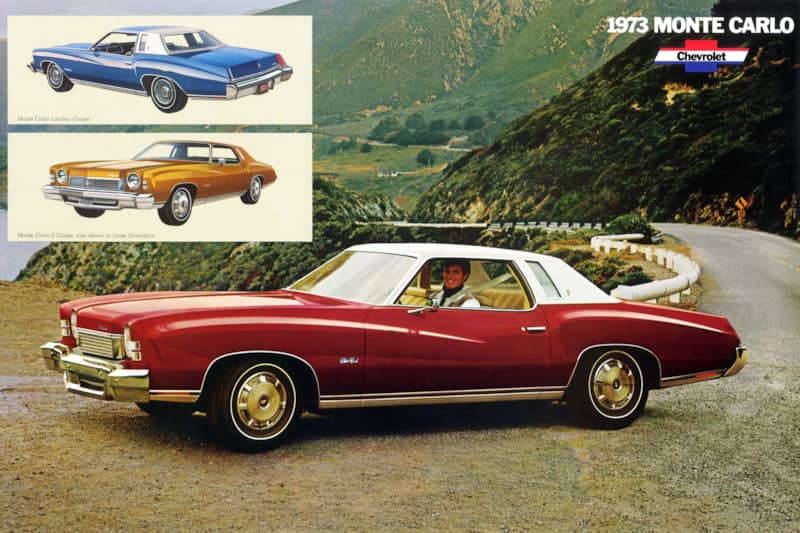
If I were building it, I'd probably go with a NASCAR-inspired look with big fat tires on each corner and a high-powered LS swap under the hood. It would certainly stand out among the sea of Novas and Chevelles down at the local cruise night.
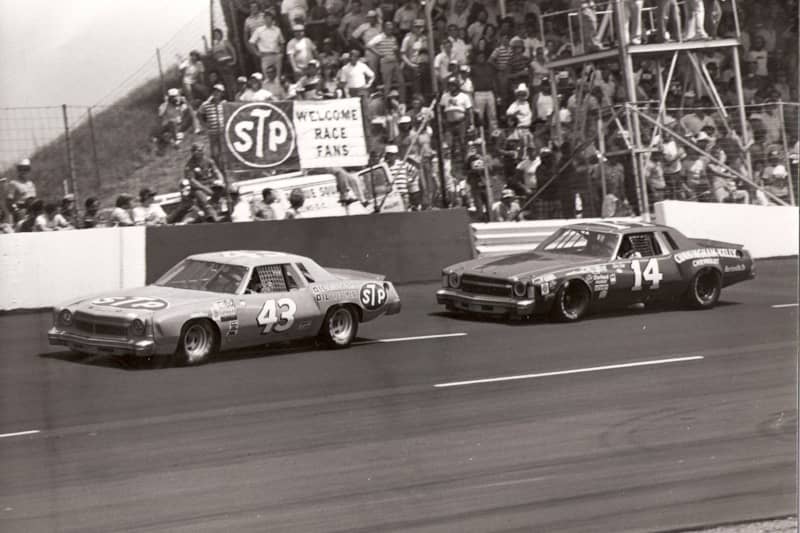
Project Car Underdog #3: 1978-1983 Ford/Mercury Fox Platform
This list surely wouldn't be complete without a representative from the Blue Oval, and that's where the '78-'83 Fords and Mercurys come in. If you've ever thought it would be cool to have a Fox Body Mustang with more than two doors, this is the car to get.
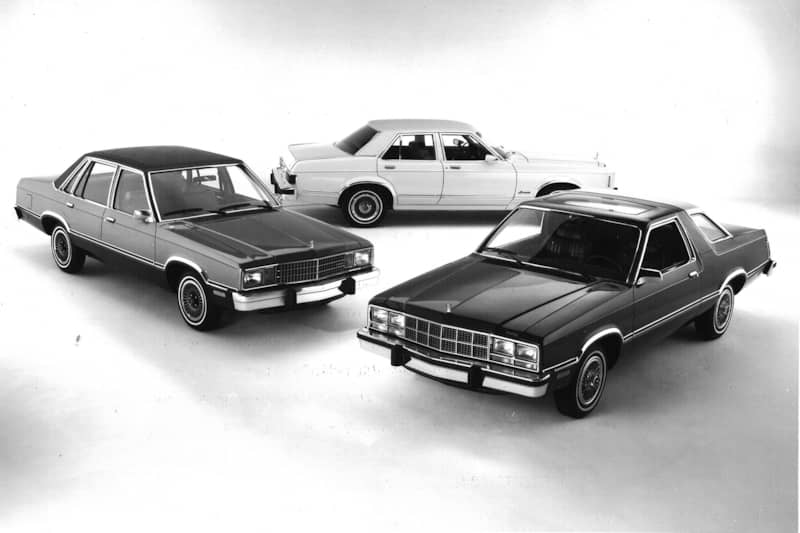
Built off the same platform as the beloved '79-'93 Mustang, cars like the Ford Fairmont and Mercury Zephyr could be had as coupes, sedans and even station wagons. And nearly any chassis or suspension part made for a Fox Body Mustang should go right on to one of these cars.
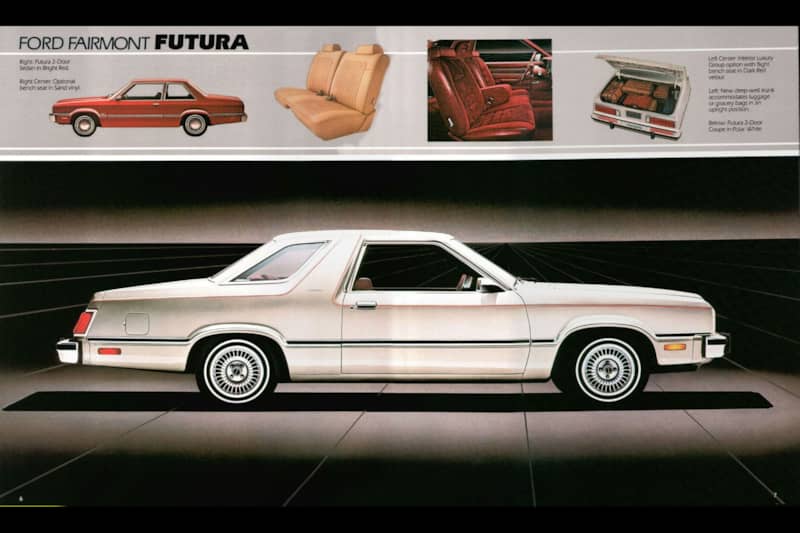
A few builders have already discovered the potential these cars have, building them into Mustang 5.0 sedans and wagons that never existed, but there's certainly room for more. Given the rising prices of a decent Fox Body Mustang, these alternatives are sounding better all the time.
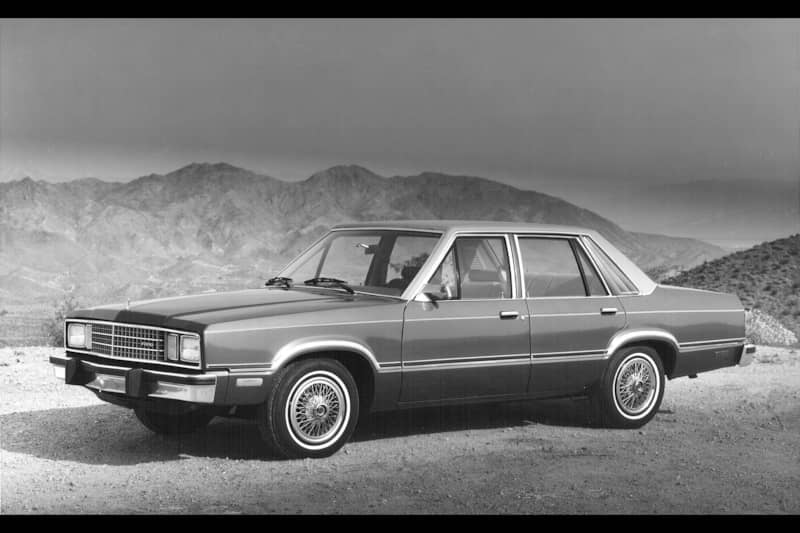
Project Car Underdog #4: 1976-1980 Dodge Aspen & Plymouth Volare
Speaking of rising prices, have you seen what Mopar project cars are going for these days? Gone is the time when you could pick up a clean Dodge Dart or Plymouth Duster for next to nothing and turn it into a cool street or race car. Fortunately, there is an alternative.
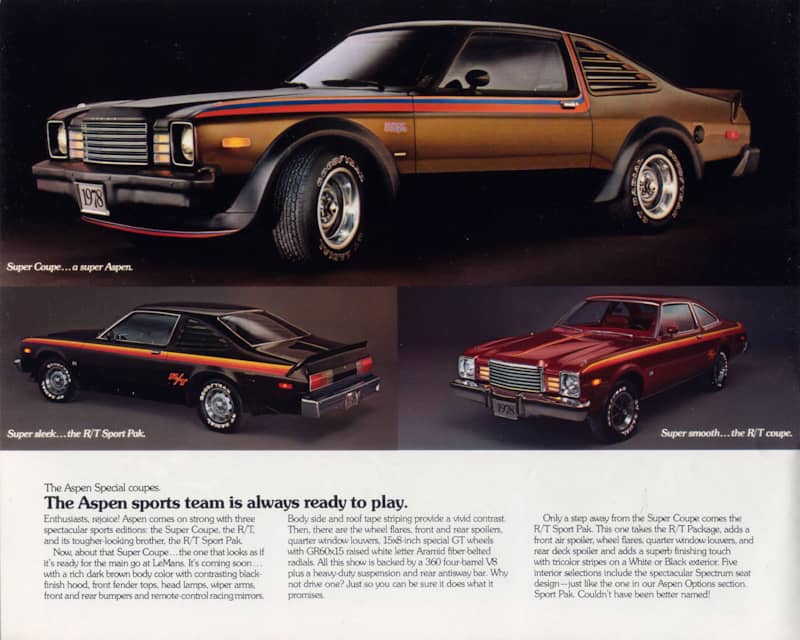
That would be the Chrysler F-body, better known as the Plymouth Volare and Dodge Aspen. These cars replaced the popular A-body platform in 1976 and have many of the same benefits. The most popular of the F-bodies would be the Super Coupe cars, but you could also get the Aspen and Volare as sedans and wagons as well.
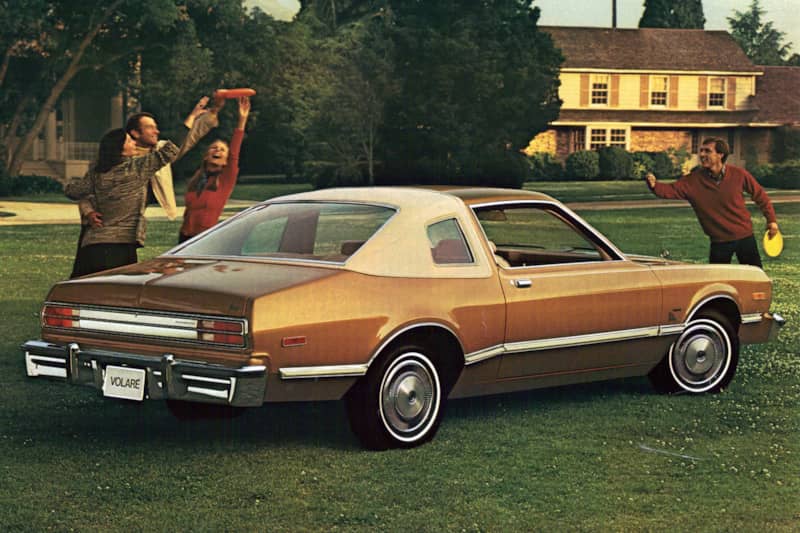
Just like their earlier siblings, the Aspen and Volare have no shortage of potential. Like the other cars on this list, their factory performance left a lot to be desired, but that's nothing you couldn't fix with a fresh 360 small block or even a Gen III HEMI swap if you wanted to go the modern route.
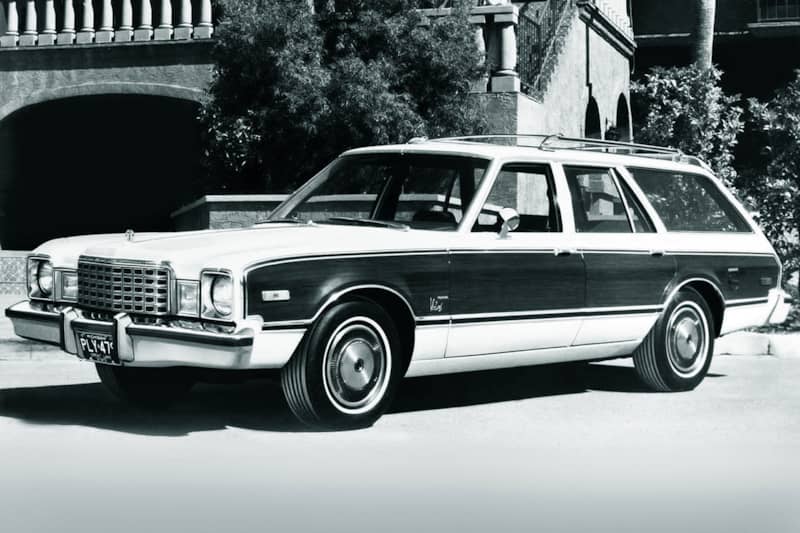
Project Car Underdog #5: 1979-1983 AMC Spirit/Concord/Eagle
Hear the words "AMC AMX" and the first thing that comes to mind will be the sleek coupe sold in the late '60s — not the AMC Spirit-based AMX hatchback that came a decade later. That's what makes the late '70s and early '80s AMCs such a unique choice.
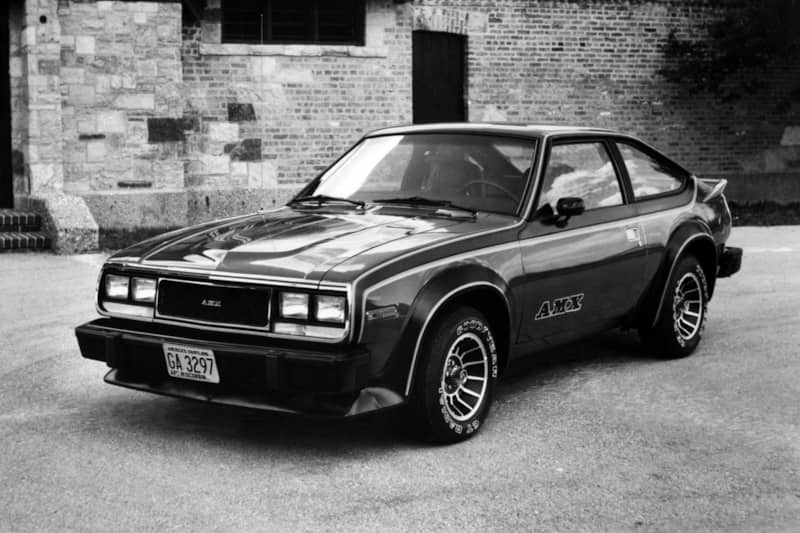
The Spirit and Concord were American Motors' attempt at fighting off the imports of the day, and it might be most recognizable in the form of the AMC Eagle, a 4WD machine that many people consider the first real crossover SUV. How cool would it be to build one of these cars into something special?
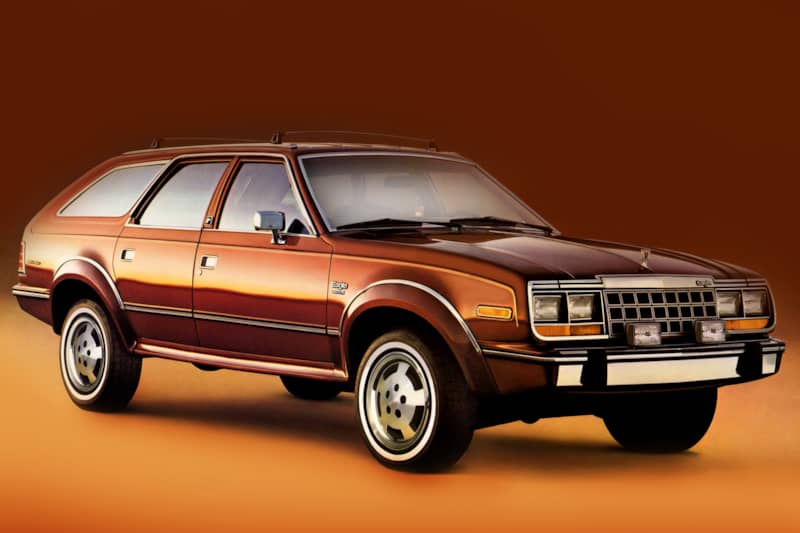
Since AMC no longer exists, there isn't really a modern engine swap choice to stay brand loyal. Instead, you could likely go the LS route or maybe be real different and go with some sort of turbocharged four cylinder. Imagine a rally style AMC Eagle with the classic woodgrain styling and a bunch of modern performance bits underneath. Yes, please.
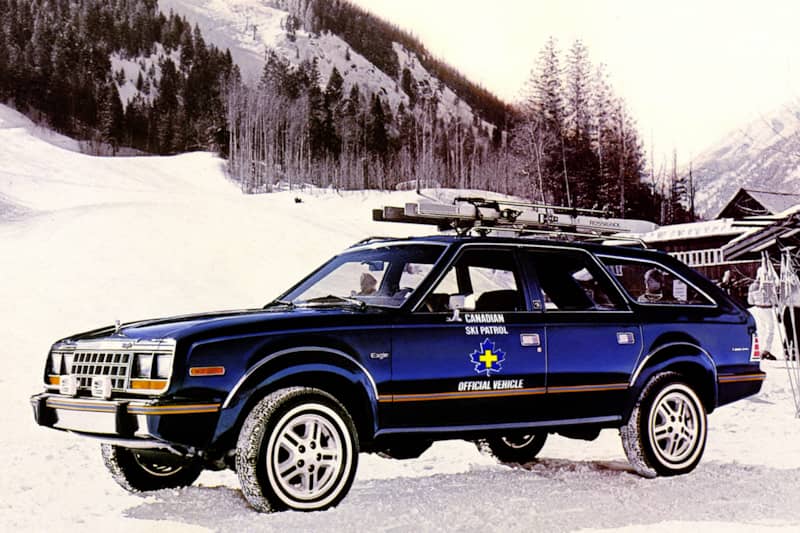
Perhaps the biggest obstacle to building any of these cars is finding a good base to start with. Not because of high demand or high prices, but because these '70s and '80s models usually weren't preserved in the same manner their earlier counterparts were. Sadly, many were sent to the scrapper before they were even given another chance at life. But, we can turn the tide.
These slightly oddball choices might not fit everyone's tastes, but the next time you are considering your next project car, don't overlook these forgotten machines from American automotive history. Who's with me?




